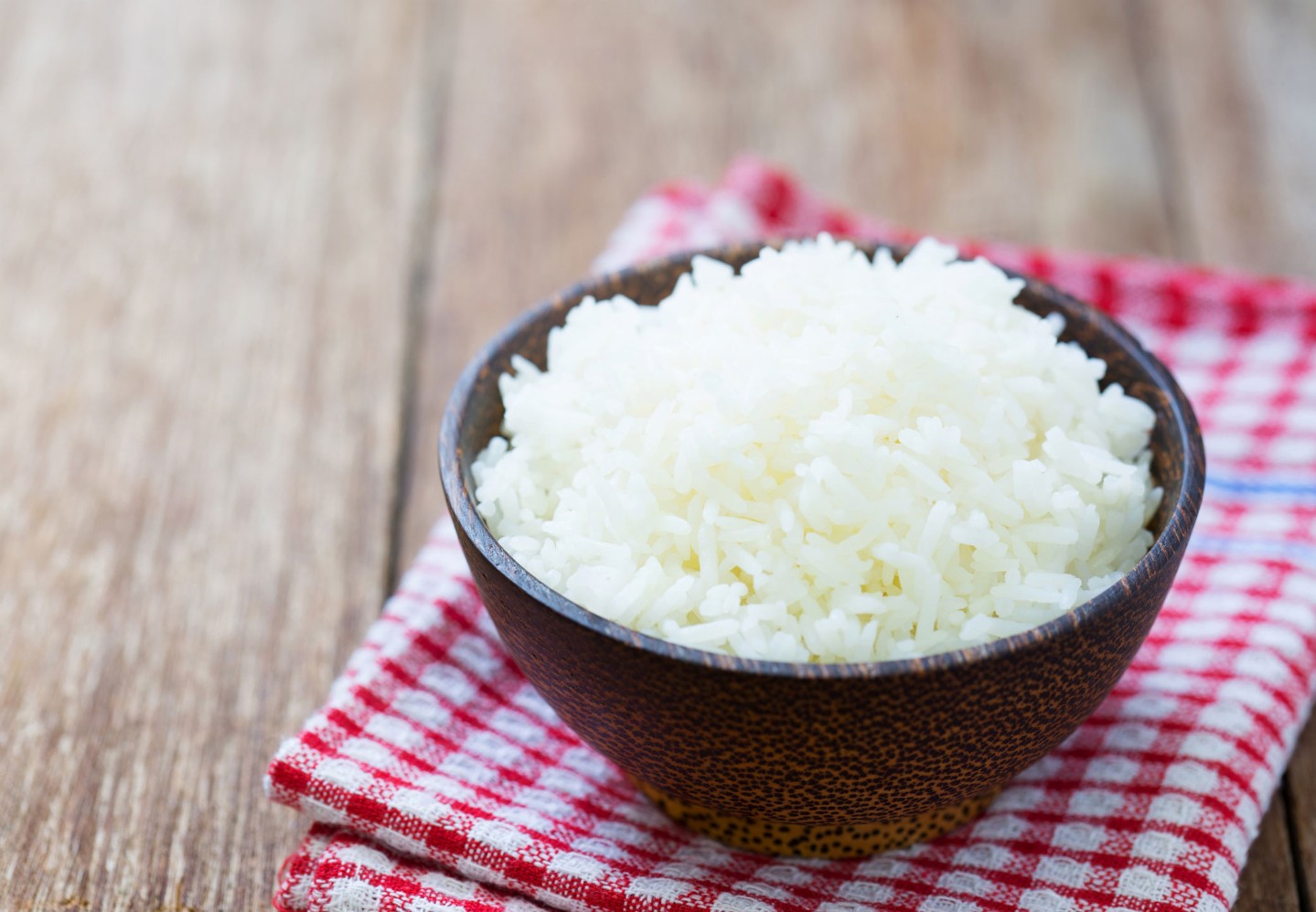Unmasking MS: More Common Than You Think, and Why We Fight So Hard
DEC 03, 2025MS is not rare. It’s estimated that nearly 1 million people in the United States and 2.8 million worldwide live with MS.
Read More
As a Neonatal Intensive Care Unit (NICU) dietitian, I first learned about the concerns with arsenic contaminated rice a year or two ago when I first saw information comparing the arsenic levels in several brands of infant rice cereal. The data I saw back then was new and the topic seemed in need of additional study, but to me, this was one more reason to recommend alternative first foods for infants, such as baby oatmeal and vegetable purees. Since then, more research has been done on the arsenic content of rice, and more guidelines have started to emerge.
What is Arsenic?
Arsenic is a chemical element that is found in many environmental sources, including soil, plants, animals, air, and water. Arsenic usually occurs as part of compounds with other elements, which are classified as either organic or inorganic compounds. In agriculture and industry, arsenic compounds are used as preservatives, pesticides, and manufacturing additives. Inorganic arsenic is a known human carcinogen, which means long term or high-level exposure can cause cancer. Organic arsenic is thought to be less dangerous. While some risk of airborne and contaminated water exposure exists in the remote community and workplace settings, the highest risk of excessive arsenic exposure for most people in the United States currently comes from food.
Arsenic is found in a variety of food sources, including seafood, poultry, mushrooms, apple juice, and rice and rice products. While much of this arsenic is in the less toxic organic form, the high levels of inorganic arsenic found in some varieties of rice are gaining attention since rice is a dietary staple for many cultural groups as well as individuals with Celiac disease who are unable to eat wheat products. Consumer Reports and the FDA have tested a combined total of hundreds of samples of rice products as well as alternative grains in order to compare the arsenic content and formulate guidelines for consumers.
What Can I Do to Reduce My Arsenic Exposure?
While the FDA has not yet established a limit for the amount of arsenic in food or recommended a specific number of daily servings of rice, Consumer Reports has developed a points system to guide consumers in their weekly rice and rice product intake. They recommend that infants eat no more than one serving of infant rice cereal per day and that both adults and children aim for no more than 7 “points” per week based on this table:
[caption id="attachment_5597" align="aligncenter" width="598"] Table courtesy of Consumer Reports[/caption]
Table courtesy of Consumer Reports[/caption]
Other general guidelines to help minimize arsenic exposure from rice include:
The best recommendation, though, is to eat most rice varieties in moderation and to choose alternative grain products more often. Grains like quinoa, amaranth, millet, polenta, barley, oats, and buckwheat are good alternatives with lower arsenic levels. If your someone who eats several servings of rice in a week, replacing a few of those servings with some of these or other grains is a great way to vary your carbohydrate sources and try out some new flavors and textures.
It’s a message you’ve already heard time and time again—everything in moderation!

MS is not rare. It’s estimated that nearly 1 million people in the United States and 2.8 million worldwide live with MS.
Read More
COPD is a group of progressive lung diseases that block airflow and make it difficult to breathe.
Read More
When reflux happens frequently (typically two or more times a week) or becomes severe enough to cause complications, it's considered GERD.
Read MoreWhen you need local health information from a trusted source, turn to the CHI Health Better You eNewsletter.